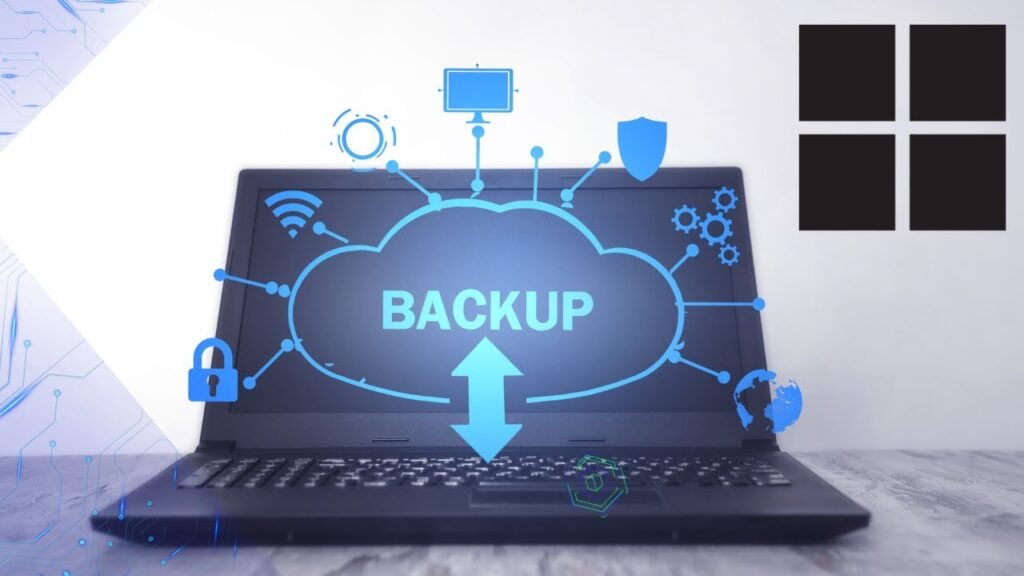In today’s digital world, memories and important documents live inside phones, laptops, and cloud storage accounts. A sudden device failure or accidental deletion can erase years of precious moments and valuable work in seconds. Knowing how to back up photos and files for free is essential to keep everything safe without spending a penny.
The process might sound technical, but it can be surprisingly simple and cost-effective. There are tried-and-tested methods that ensure files remain secure and easily retrievable — all without paying for expensive software or subscriptions.
Why Free Backup Solutions Matter
Free backup methods allow the protection of data without breaking the budget. Cloud storage providers, external drives, and specialized apps often offer free tiers that are perfect for personal use. With the right strategy, it’s possible to create multiple layers of protection, ensuring nothing is lost even if one backup fails.
Choosing the Right Backup Method
The choice depends on the type of files, available devices, and preferred accessibility. Some people prefer online storage for convenience, while others rely on physical devices for more control. The most reliable approach is a combination of both.
Cloud Storage Options for Free Backups
Cloud storage has become one of the most popular ways to back up photos and documents. Many services provide a generous free storage limit, making them ideal for personal use.
Google Drive – 15GB of Free Storage
Google Drive offers 15GB of free space, shared across Google Photos, Gmail, and Drive itself. Photos can be uploaded directly from a phone or computer, and documents can be stored for quick access from any device.
Dropbox – Easy Sync and Sharing
Dropbox provides 2GB of free storage with simple file synchronization between devices. While the free tier is smaller than some competitors, it’s ideal for storing essential documents and smaller image collections.
Microsoft OneDrive – Integrated with Windows
OneDrive offers 5GB of free cloud storage and integrates seamlessly with Windows devices. Automatic photo backup from a smartphone makes it a convenient choice for casual users.
Free External Storage Solutions
While cloud storage is convenient, external devices offer offline protection from hackers or internet outages.
USB Flash Drives – Compact and Portable
Flash drives are small, easy to carry, and available at very low cost. Many people already have spare ones lying around, making them a cost-free option for backups.
External Hard Drives – Large Storage Space
External hard drives can store thousands of photos and files. Even older drives from retired computers can be repurposed for backups.
Organizing Files Before Backing Up
Before creating backups, organizing files into clearly labeled folders saves time and prevents confusion later. Grouping files by year, event, or document type ensures easy retrieval. Duplicate files should be removed to free up storage space.
Automating the Backup Process
Manual backups can be forgotten over time. Automating the process ensures data is saved regularly without requiring constant attention.
Built-in Tools on Computers
Windows offers File History, while macOS has Time Machine. Both can be set to back up automatically to an external drive or network location.
Mobile Backup Apps
Android and iOS have built-in options for automatic photo and video backups to cloud accounts. These features run silently in the background, ensuring the latest files are always saved.
Free Backup Apps Worth Trying
Specialized apps can simplify and speed up backups without requiring advanced technical knowledge.
Sync.com
Provides end-to-end encryption for privacy while offering a free plan for smaller file sets.
pCloud
Comes with 10GB of free cloud storage and supports file versioning, allowing recovery of older file versions.
Mega
Offers a generous 20GB of free cloud space with high security standards.
Protecting Backups with Security Measures
Even free backups require protection from unauthorized access.
Use Strong Passwords
Cloud accounts should have unique, complex passwords to prevent hacking attempts.
Enable Two-Factor Authentication
Adding a verification step increases account security, making it harder for intruders to gain access.
Encrypt External Drives
Free tools like VeraCrypt can encrypt USB and hard drives, ensuring files remain safe even if the device is lost.
Creating Multiple Backup Copies
Following the 3-2-1 rule is a smart way to ensure maximum protection:
- Keep three total copies of data.
- Store them on two different types of media.
- Keep one copy offsite, such as in the cloud.
By mixing cloud storage with physical devices, the chances of losing everything become extremely low.
Maintaining and Updating Backups
A backup is only useful if it contains the latest data. Regular checks ensure the process is working correctly. Outdated or incomplete backups should be replaced with current files.
Avoiding Common Backup Mistakes
Many data loss cases happen because of simple oversights:
- Relying on just one backup method.
- Forgetting to check storage limits on free accounts.
- Ignoring file organization, making recovery difficult.
Avoiding these mistakes keeps the process smooth and reliable.
Benefits of Free Backup Solutions
Choosing free options doesn’t mean sacrificing quality. With proper organization and consistency, these solutions can rival paid services in effectiveness. The main benefits include:
- No subscription fees.
- Multiple storage options.
- Flexibility to mix and match tools.
When to Consider Paid Backup Plans
Free services are excellent for everyday needs, but larger collections or business data may require more space or advanced features. Paid plans often offer higher storage limits, better customer support, and enhanced security.
Final Thoughts
Knowing how to back up photos and files for free is a skill that can save years of memories and important work from being lost. A mix of cloud services, external drives, and regular updates ensures data stays protected. With free tools and smart planning, safeguarding valuable digital assets becomes simple, effective, and budget-friendly.
Stay tuned to MediaBites for stories that inform, inspire, and keep the conversation going.


